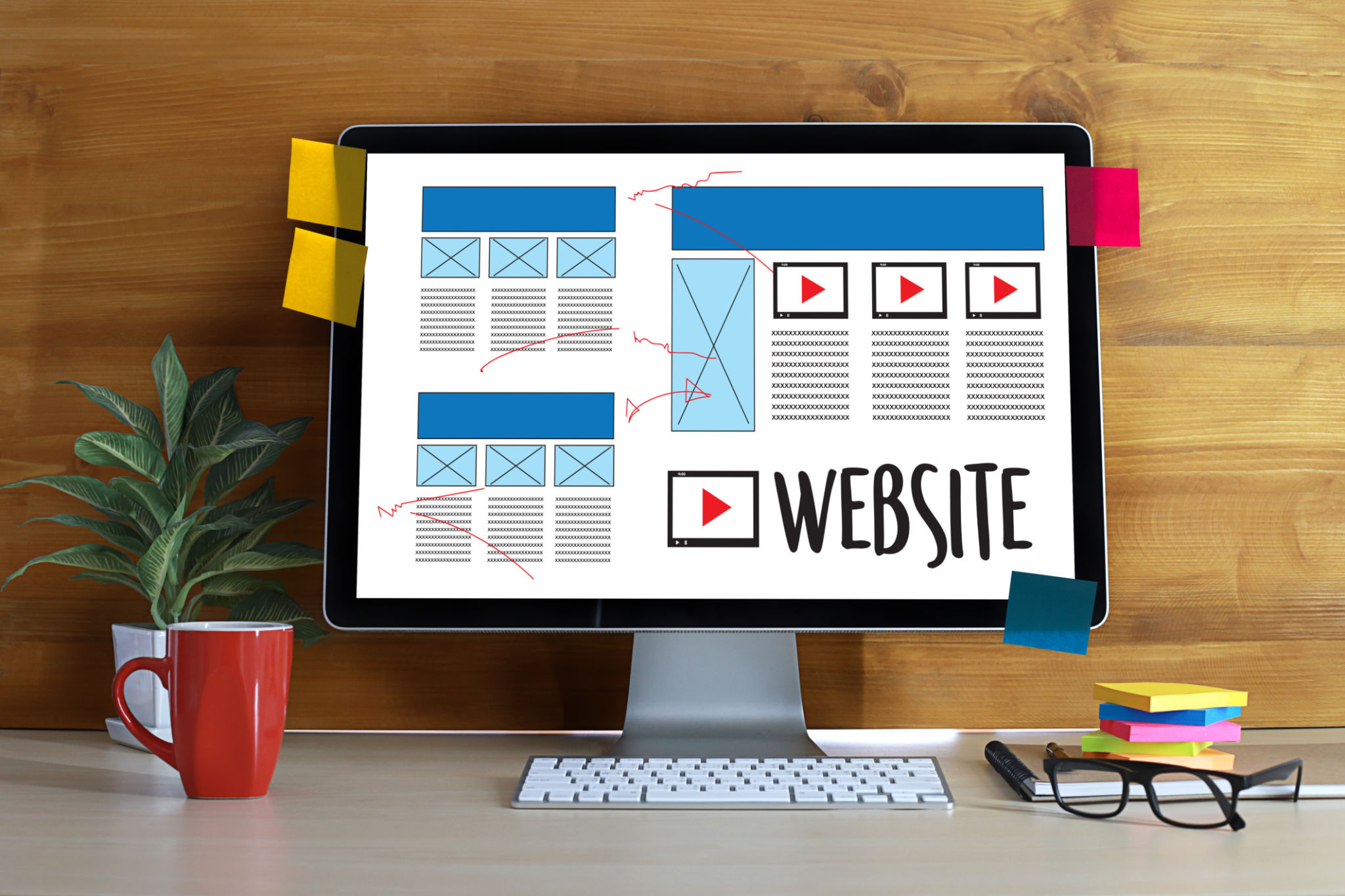DIY Web Design: Tips for Beginners to Create Stunning Websites
Understanding the Basics of Web Design
Creating a website from scratch can seem daunting, but with the right tools and guidance, anyone can do it. Understanding the basics of web design is crucial for beginners. A website should be both visually appealing and user-friendly. This means considering both aesthetics and functionality when designing.
Start by familiarizing yourself with essential web design principles, such as layout, color schemes, typography, and responsive design. These elements will form the foundation of your website and influence how users interact with it.

Choosing the Right Tools
The tools you choose can significantly impact the ease and quality of your web design process. There are several platforms available that cater to beginners, such as WordPress, Wix, and Squarespace. These platforms offer drag-and-drop features, making it easier to design without any coding skills.
Consider what each platform offers in terms of templates, customization options, and integrations. Some platforms provide extensive libraries of themes and plugins, which can enhance your website's functionality and appearance.
Planning Your Website Layout
Before diving into the actual design, it's essential to plan your website's layout. Think about what pages you need and how users will navigate between them. A clear and intuitive navigation structure is key to keeping visitors engaged and encouraging them to explore more.

Create a sitemap to outline your website's structure. This will help you visualize the flow of information and ensure that your content is organized logically.
Designing for User Experience
User experience (UX) is a critical aspect of web design. A well-designed website should be easy to navigate and provide a seamless experience for visitors. Focus on creating a clean, clutter-free interface with clear calls-to-action (CTAs).
Ensure that your website is mobile-friendly, as a significant portion of web traffic comes from mobile devices. Use responsive design techniques to make sure your site looks great on all screen sizes.
Enhancing Visual Appeal
The visual aspect of your website can significantly impact a visitor's first impression. Choose a color palette that reflects your brand's identity and resonates with your target audience. Consistent use of colors can help create a cohesive look across your site.

Typography also plays a vital role in web design. Select fonts that are easy to read and complement your site's overall style. Avoid using too many different fonts, as this can make your site look disorganized.
Optimizing for Performance
Website performance is another crucial factor in web design. A slow-loading site can frustrate visitors and lead to higher bounce rates. Optimize images, use efficient coding practices, and leverage caching techniques to improve load times.
Regularly test your website's speed using tools like Google PageSpeed Insights to identify areas for improvement. Remember, even small changes can make a big difference in performance.
Testing and Launching Your Website
Once your design is complete, it's essential to thoroughly test your website before going live. Check for broken links, ensure all forms work correctly, and verify that the site looks good on different browsers and devices.

Gather feedback from friends or colleagues to identify any potential issues you may have missed. Once you're confident everything is in order, it's time to launch your website and share it with the world!
Maintaining Your Website
Designing a stunning website is just the beginning. Regular maintenance is necessary to keep your site running smoothly and ensure it remains relevant to your audience. Update content regularly, fix any bugs promptly, and monitor performance metrics.
Consider scheduling regular audits to review your site's design and functionality. This will help you stay ahead of trends and continuously improve the user experience.